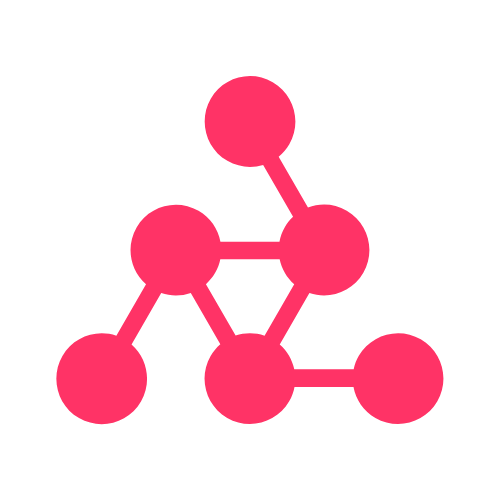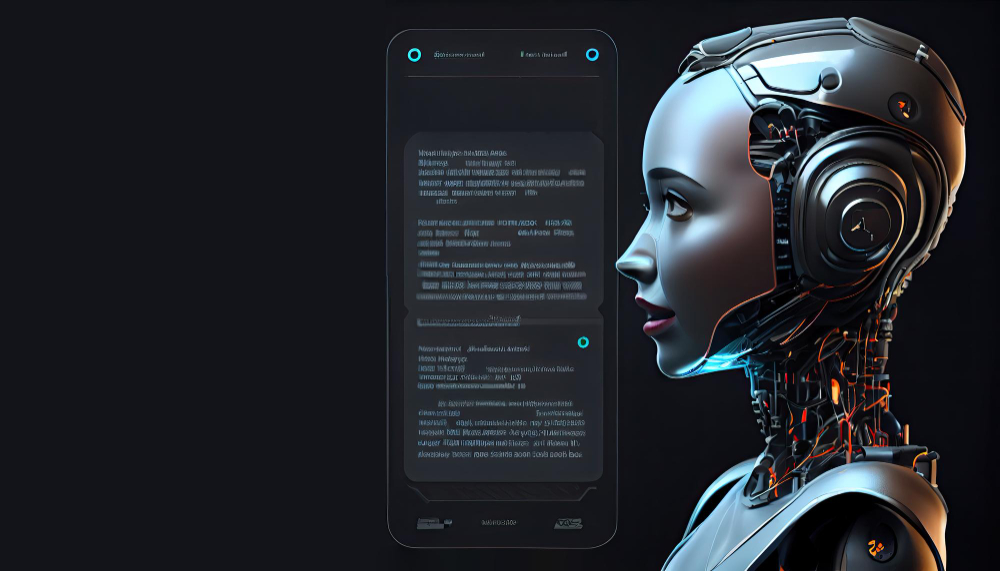In 2025, AI assistants have become more powerful, personal, and integrated into nearly every aspect of human life. Artificial Intelligence (AI) has moved from the realm of science fiction into our everyday lives. What started with simple voice commands like “What’s the weather today?” has evolved into intelligent digital assistants capable of managing tasks, learning preferences, and even understanding emotions.
Table of Contents
The Evolution of AI Assistants
AI assistants have come a long way since the introduction of early models like Apple’s Siri (2011), Amazon’s Alexa (2014), and Google Assistant (2016). These early tools were designed primarily for voice-based interactions, offering basic answers and automating simple commands.
Fast forward to 2025, and AI assistants are no longer just voice tools they are intelligent systems that learn continuously, adapt to user behavior, and predict needs before users even express them.
Key milestones in this evolution include:
- Natural Language Understanding (NLU): AI can now comprehend context, tone, and even emotion in human speech.
- Integration with IoT: AI assistants can connect and control multiple smart devices from lights and thermostats to cars and refrigerators.
- Personalization through Machine Learning: Assistants now remember user preferences, routines, and even communication styles.
- Context Awareness: They can make decisions based on time, location, or previous interactions.
Today, these assistants are becoming digital companions almost human in the way they think, respond, and interact.
How Smart Are AI Assistants in 2025?
In 2025, they have transcended basic automation. They can perform a wide range of intelligent tasks that make daily life more efficient and personalized.
1. Understanding Human Emotions
They use emotion recognition technology that analyzes voice patterns, facial expressions, and even typing styles to detect mood. If you sound stressed, your assistant might lower the room lighting or play calming music.
2. Contextual Awareness
Instead of generic responses, assistants now use situational intelligence. For example, if you ask for traffic updates, your assistant automatically checks your calendar to see where you’re heading and gives route suggestions accordingly.
3. Real-Time Language Translation
In 2025, they can translate conversations instantly across multiple languages. This is revolutionizing global communication, especially for businesses and travelers.
4. Proactive Assistance
Instead of waiting for user commands, assistants now anticipate needs. They remind you of upcoming meetings, reorder supplies, or even alert you if your home energy use spikes unusually high.
5. Seamless Cross-Device Integration
Whether on your phone, smartwatch, car, or home device your AI assistant follows you everywhere, maintaining context and history across all platforms.
These features combine to create a digital helper that feels less like software and more like a personal companion.
AI Assistants in Everyday Life
AI assistants are now woven into every part of modern living:
At Home:
They control smart appliances, manage energy efficiency, and provide personalized entertainment. You can say, “Prepare my morning routine,” and the assistant adjusts the thermostat, plays the news, and brews your coffee.
At Work:
AI assistants organize schedules, summarize meetings, draft emails, and even analyze data. With generative AI tools integrated, professionals save hours daily by automating repetitive tasks.
In Healthcare:
AI-driven assistants remind patients to take medications, track health data, and communicate directly with doctors. Virtual care has become smarter and more accessible.
In Education:
AI tutors provide personalized lessons, detect learning gaps, and adapt content for each student’s needs. They can explain complex concepts interactively, creating a more engaging learning experience.
In Transportation:
From self-driving cars to smart navigation systems, AI assistants optimize travel time, manage maintenance, and ensure safety through predictive alerts.
These examples show how deeply AI assistants have blended into our digital ecosystem transforming daily life into something smarter, faster, and more personalized.
The Technology Behind Their Intelligence
AI assistants today are powered by several key innovations:
- Generative AI: Enables assistants to create original responses, summarize complex information, and even produce creative content.
- Machine Learning (ML): Allows systems to learn user habits and preferences over time.
- Neural Networks: Help recognize speech, images, and context with human-like accuracy.
- Edge Computing: Processes data locally on devices, reducing latency and enhancing privacy.
- Multimodal Interaction: Combines text, speech, and visuals for more natural human-AI communication.
These technologies together make AI assistants capable of deeper understanding, faster responses, and more reliable decision-making.
The Future of AI Assistants
Looking ahead, AI assistants will become even more human-like capable of reasoning, empathy, and advanced decision-making. Some experts predict the rise of emotionally intelligent AI, where assistants can form deeper relationships with users and provide real emotional support.
In short, the next generation of AI assistants will blur the line between machine and companion, bringing technology closer to human intuition than ever before.
Conclusion
The rise of AI assistants in 2025 represents one of the most transformative shifts in technology. They have grown from simple digital tools into complex systems that can understand, predict, and respond like humans.
However, as these systems become more capable, the need for ethical design, transparency, and privacy protection becomes crucial. AI assistants are here to make life easier but it’s our responsibility to ensure they do so in a way that respects human values. Also Check How Robotics Is Redefining the Work – Ultimate Guide – 2025







1 thought on “The Rise of AI Assistants – Comprehensive Guide – 2025”